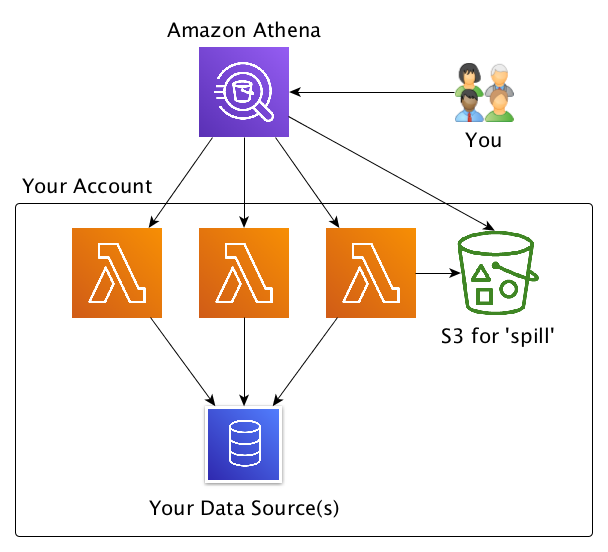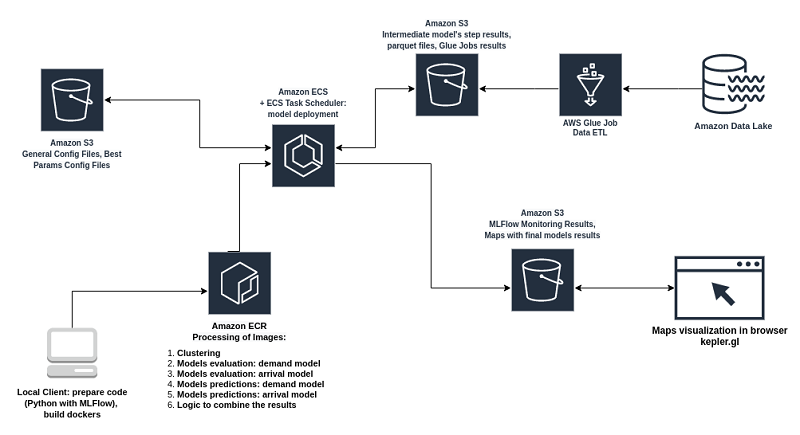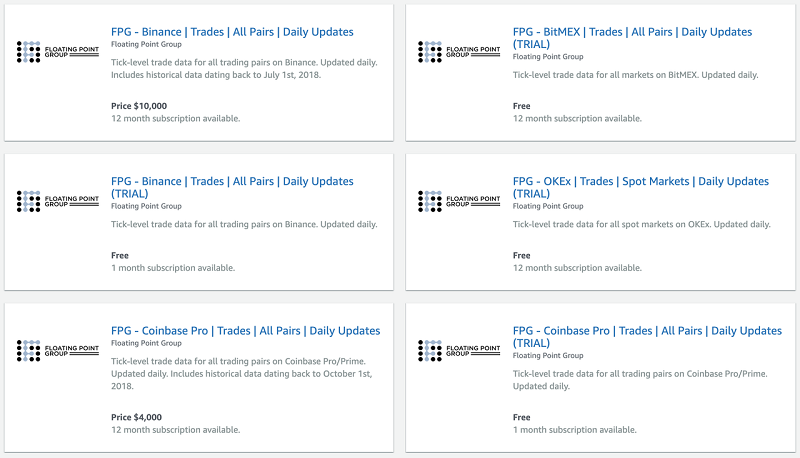AWS Big Data Blog
Tag: AWS Lambda
Level up your React app with Amazon QuickSight: How to embed your dashboard for anonymous access
Using embedded analytics from Amazon QuickSight can simplify the process of equipping your application with functional visualizations without any complex development. There are multiple ways to embed QuickSight dashboards into application. In this post, we look at how it can be done using React and the Amazon QuickSight Embedding SDK. Dashboard consumers often don’t have […]
Optimize Federated Query Performance using EXPLAIN and EXPLAIN ANALYZE in Amazon Athena
Amazon Athena is an interactive query service that makes it easy to analyze data in Amazon Simple Storage Service (Amazon S3) using standard SQL. Athena is serverless, so there is no infrastructure to manage, and you pay only for the queries that you run. In 2019, Athena added support for federated queries to run SQL […]
Synchronize and control your Amazon Redshift clusters maintenance windows
Amazon Redshift is a data warehouse that can expand to exabyte-scale. Today, tens of thousands of AWS customers (including NTT DOCOMO, Finra, and Johnson & Johnson) use Amazon Redshift to run mission-critical business intelligence dashboards, analyze real-time streaming data, and run predictive analytics jobs. Amazon Redshift powers analytical workloads for Fortune 500 companies, startups, and […]
Configure and optimize performance of Amazon Athena federation with Amazon Redshift
This post provides guidance on how to configure Amazon Athena federation with AWS Lambda and Amazon Redshift, while addressing performance considerations to ensure proper use.
Stream, transform, and analyze XML data in real time with Amazon Kinesis, AWS Lambda, and Amazon Redshift
August 30, 2023: Amazon Kinesis Data Analytics has been renamed to Amazon Managed Service for Apache Flink. Read the announcement in the AWS News Blog and learn more. February 9, 2024: Amazon Kinesis Data Firehose has been renamed to Amazon Data Firehose. Read the AWS What’s New post to learn more. When we look at […]
How Wind Mobility built a serverless data architecture
We parse through millions of scooter and user events generated daily (over 300 events per second) to extract actionable insight. We selected AWS Glue to perform this task. Our primary ETL job reads the newly added raw event data from Amazon S3, processes it using Apache Spark, and writes the results to our Amazon Redshift data warehouse. AWS Glue plays a critical role in our ability to scale on demand. After careful evaluation and testing, we concluded that AWS Glue ETL jobs meet all our needs and free us from procuring and managing infrastructure.
Ingest Excel data automatically into Amazon QuickSight
Amazon QuickSight is a fast, cloud-powered, business intelligence (BI) service that makes it easy to deliver insights to everyone in your organization. This post demonstrates how to build a serverless data ingestion pipeline to automatically import frequently changed data into a SPICE (Super-fast, Parallel, In-memory Calculation Engine) dataset of Amazon QuickSight dashboards. It is sometimes […]
How Siemens built a fully managed scheduling mechanism for updates on Amazon S3 data lakes
Siemens is a global technology leader with more than 370,000 employees and 170 years of experience. To protect Siemens from cybercrime, the Siemens Cyber Defense Center (CDC) continuously monitors Siemens’ networks and assets. To handle the resulting enormous data load, the CDC built a next-generation threat detection and analysis platform called ARGOS. ARGOS is a […]
Collect and distribute high-resolution crypto market data with ECS, S3, Athena, Lambda, and AWS Data Exchange
This is a guest post by Floating Point Group. In their own words, “Floating Point Group is on a mission to bring institutional-grade trading services to the world of cryptocurrency.” The need and demand for financial infrastructure designed specifically for trading digital assets may not be obvious. There’s a rather pervasive narrative that these coins […]
Optimize downstream data processing with Amazon Data Firehose and Amazon EMR running Apache Spark
This blog post shows how to use Amazon Kinesis Data Firehose to merge many small messages into larger messages for delivery to Amazon S3, which results in faster processing with Amazon EMR running Spark. This post also shows how to read the compressed files using Apache Spark that are in Amazon S3, which does not have a proper file name extension and store back in Amazon S3 in parquet format.









